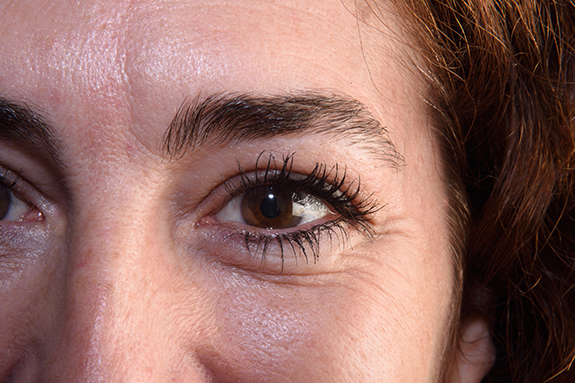
What is diabetic retinopathy?
According to the National Eye Institute, diabetic retinopathy affects blood vessels in the light-sensitive tissue called the retina that lines the back of the eye. It is the most common cause of vision loss among people with diabetes.
What causes it?
The everyday fluctuations in blood sugars can cause changes to our vision. When our glucose is too high or too low, our vision can become blurry, making it difficult to read and see object details. As glucose returns to the target range, the vision usually corrects itself. However, if this continues, long-term this can cause damage to the blood vessels in the eyes that can result in loss of vision.
The incidence and progression of retinopathy is directly related to glucose control. Any changes you notice in your vision that last more than a few days should be examined by your ophthalmologist.
What are some of the risk factors for developing this diabetic eye disease?
- Having diabetes for several years
- Uncontrolled glucose levels
- Uncontrolled blood pressure
- Uncontrolled cholesterol
Who is at risk?
- Those with a family history of diabetes and retinopathy
- African Americans
- Latino Americans
- Smokers
How can you prevent it?
- Manage your blood glucose. The goal for blood sugar, before meals, is 80-130. The target for A1C (average blood sugar) is 7 percent or less.
- Keep your blood pressure within 140/90 mmHg or less.
- Keep your blood lipids within a normal range. Blood lipids are your cholesterol levels.
- See an ophthalmologist annually for a dilated eye exam. Your eye doctor will be able to evaluate the inside of your eye for early signs of retinopathy and other eye diseases.
- Always protect your eyes by wearing sunglasses with UV protection or safety goggles when needed.
- Educate yourself by attending classes in order to better understand diabetes and learn the skills and nutritional information needed to prevent complications.
Don’t risk losing your sight to diabetes. Keep your eyes protected with UV sunglasses this summer and contact Parkview’s Diabetes Treatment Center at (260) 373-4280 to enroll in classes or meet with one of our registered dietitians or registered nurse educators.
Reference: Diabetes Forecast



